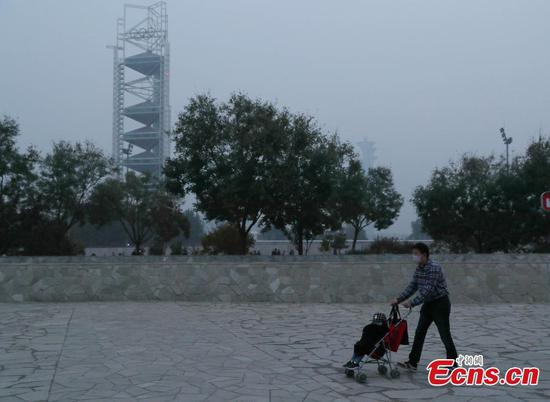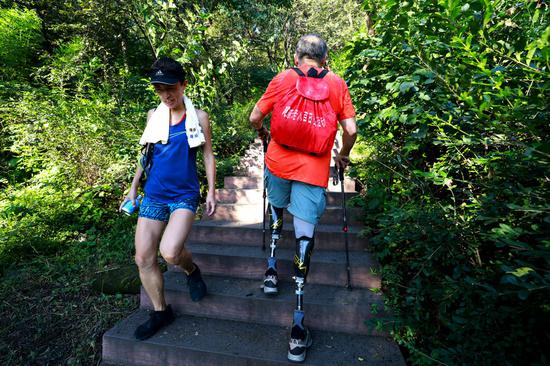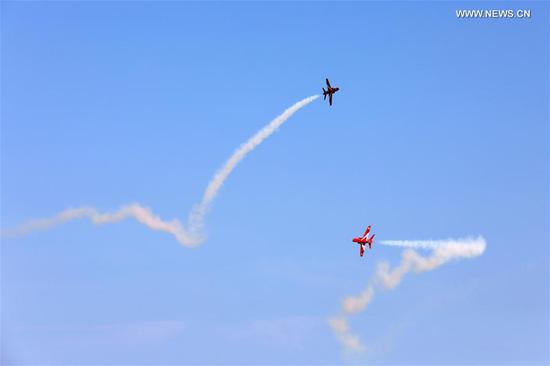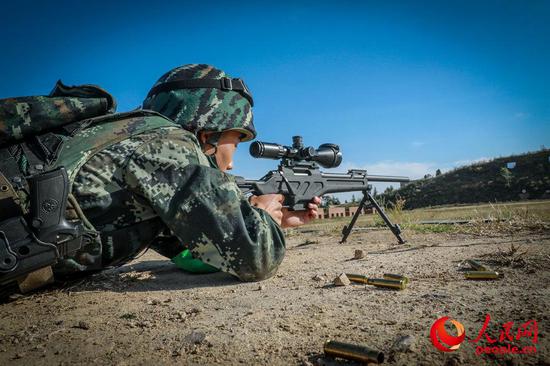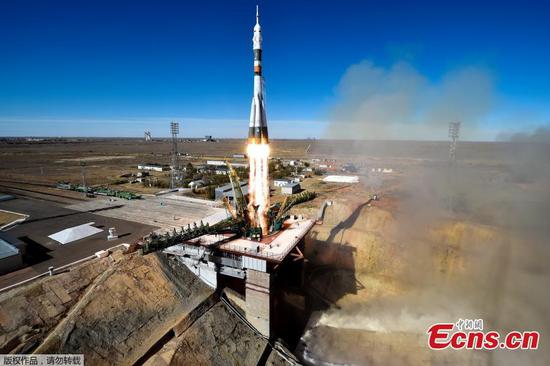Makers gaining market share with advanced technology, cost advantage
China's unmanned aerial vehicle (UAE) technology has reached a world-class level, and its military-use UAEs have gained a larger share of the global market in recent years, especially in economies along the routes of the Belt and Road initiative (BRI), industry insiders told the Global Times on Thursday.
"China has a competitive edge over U.S. and European companies in terms of its industry scale and in making small and medium-sized UAEs thanks to the country's base as a major manufacturer as well as technological upgrades in other related sectors such as artificial intelligence," Wang Junbiao, the president of the UAE Institute under the Northwestern Polytechnical University (NPU).
Wang spoke with the Global Times on the sidelines of an industry forum on intelligent unmanned system in Xi'an, capital of Northwest China's Shaanxi Province.
In September, a solar-powered drone developed by NPU, known as the Meiying-6, set a new flight time record of 19 hours and 34 minutes despite extreme weather conditions, according to media reports.
"China built UAE for military purposes at first, but Chinese companies then identified a huge potential market for integrating it into civilian applications, and that has led to explosive market growth at home," Wang said.
China's ever-expanding group of consumers who are willing to try new technology also buoyed the domestic booming market, he added.
"Made in China" drones are very welcome in the U.S. market, Brian Wynne, the chairman and CEO of the U.S.-based Association for Unmanned Vehicle Systems International, told the Global Times on Thursday on the sidelines of the forum, which was co-hosted by NPU and the Chinese Institute of Electronics.
For example, Shenzhen-based DJI alone has more than 50 percent of the market in the U.S., Wynne said. "Chinese UAEs cost less and are very innovative… Most of the U.S. market up until now has been for hobbyists, and increasingly there will be [Chinese UAEs] coming for commercial operations," he added.
Wang pointed to the inroads that Chinese military drones have made in the global market as evidence of China's advanced technology.
"If we say the military UAE market is highly competitive, China is doing a pretty good job and has 'taken in a larger share of the pie' in UAE sales in overseas markets, especially in countries and regions along the BRI," Wang noted.
He declined to reveal the main international customers of China's military UAEs, citing commercial secrets.
China's growing share in the international UAE arms market was also on vivid display in terms of sales of Rainbow-4 drone models, whose buyers have reportedly included Jordan, Iraq, Pakistan, Saudi Arabia, Algeria, Myanmar and other countries.
Wang said that the biggest advantage of China's military UAEs is the ability to supply a variety of products as well as the devices' key characteristics of protecting national security rather than launching a war. But he admitted that the U.S.-made drones may have more real combat experience than Chinese models.
Another downside is that the industry players need to tap more application of UAEs in China, a DJI spokesperson told the Global Times over the weekend.
"China is leading not only in technology, but also industrial chains and talent… [however] China can make wheels, but the U.S. is better at using them to produce new things, and we should learn from and cooperate more with the U.S. in this regard," the person added.
Wynne said China and the U.S. could maintain a good working relationship to facilitate a unified standard for drones.









